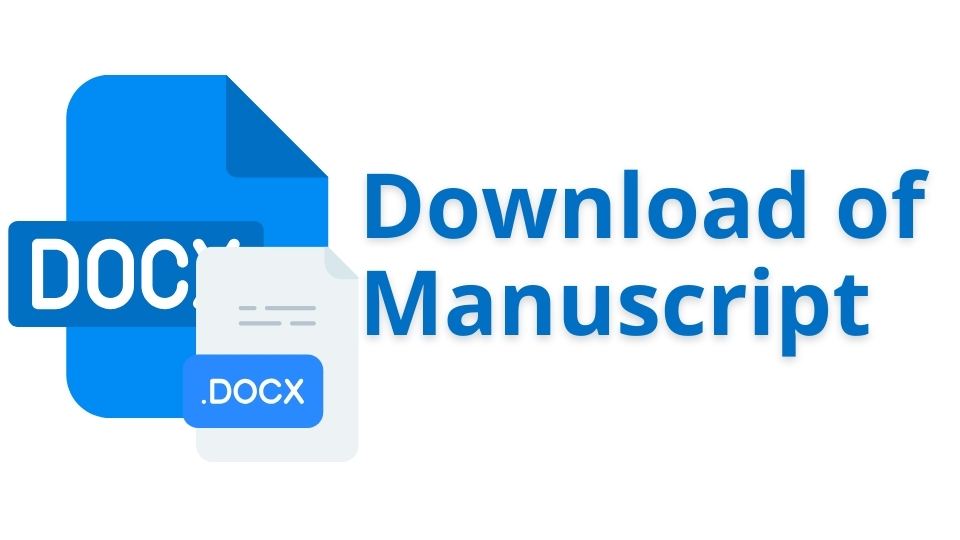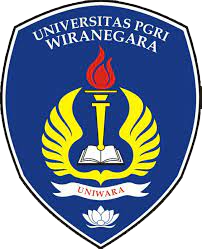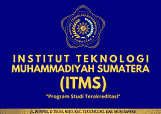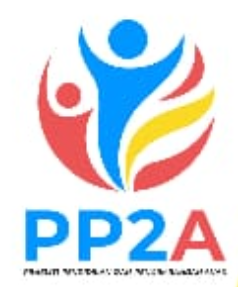The "E-RAISE Model" exploration of science challenges and cultural values improves learning outcomes
Keywords:
East Java local wisdom, E-RAISE Model, Science learning outcomes, 21st Century Education, Elementary SchoolAbstract
Penelitian ini bertujuan untuk mengevaluasi efektivitas “Model E-RAISE” dalam meningkatkan hasil belajar IPA di SMP Yayasan Assyfa Learning Center (YALC) Pasuruan dengan mengintegrasikan tantangan sains dengan nilai-nilai budaya lokal Jawa Timur. Penelitian ini menggunakan pendekatan metode campuran komprehensif yang menggabungkan metode kuantitatif dan kualitatif, sehingga memberikan gambaran yang kuat dan dapat diandalkan. Subjek penelitian melibatkan 21 siswa kelas VII dari YALC dan siswa dari sekolah lain di daerah berbeda. Pengumpulan data dilakukan melalui survei dengan skala likert, tes hasil belajar IPA terstandar, observasi kelas, dan wawancara mendalam terhadap siswa dan guru. Hasil penelitian menunjukkan adanya peningkatan yang signifikan pada hasil belajar IPA siswa, dengan rata-rata nilai siswa meningkat dari 71,16 pada Siklus I menjadi 89,93 pada Siklus II. Integrasi kearifan lokal terbukti membantu siswa menghubungkan konsep ilmiah dengan konteks budayanya, sehingga meningkatkan motivasi dan keterlibatan mereka dalam belajar. Analisis statistik deskriptif kuantitatif dan analisis data wawancara dan observasi kualitatif menegaskan bahwa Model E-RAISE berkhasiat dalam meningkatkan pemahaman dan keterampilan siswa dalam sains. Penelitian ini memberikan kontribusi penting dalam bidang pendidikan dengan menunjukkan bahwa pendekatan yang menggabungkan tantangan ilmiah dan nilai-nilai budaya dapat meningkatkan prestasi akademik siswa. Temuan ini menekankan pentingnya inovasi pendidikan yang kontekstual dan relevan untuk meningkatkan literasi sains dan lingkungan belajar siswa. Hasil penelitian ini diharapkan dapat memberikan rekomendasi praktis bagi guru dan pendidik untuk mengembangkan pendekatan pembelajaran yang lebih inovatif dan bermakna.
Downloads
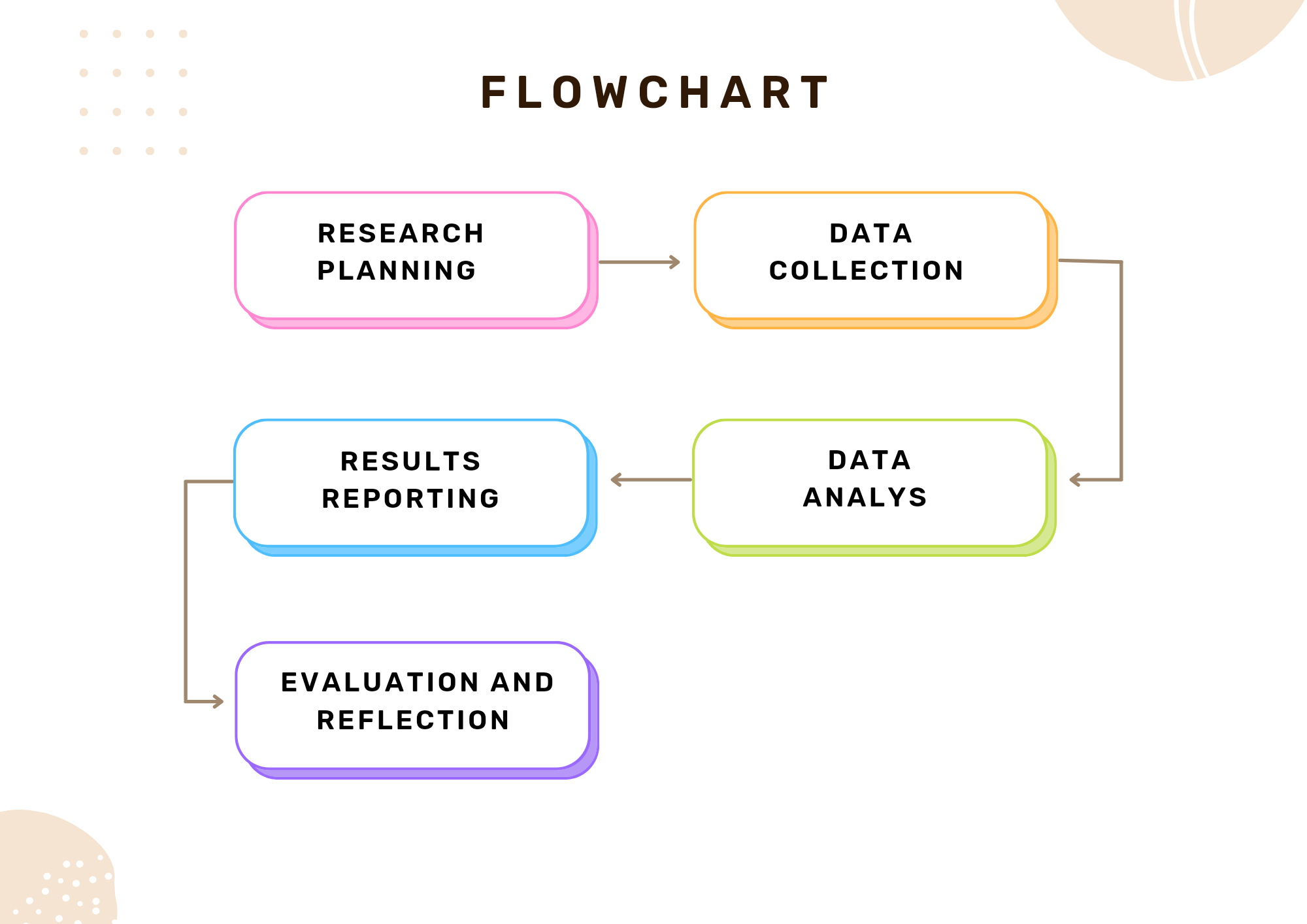
Published
How to Cite
Issue
Section
License
Copyright (c) 2023 Assyfa Journal of Multidisciplinary Education

This work is licensed under a Creative Commons Attribution-ShareAlike 4.0 International License.

 Universitas Muhammadiyah Jakarta, Indonesia
Universitas Muhammadiyah Jakarta, Indonesia
